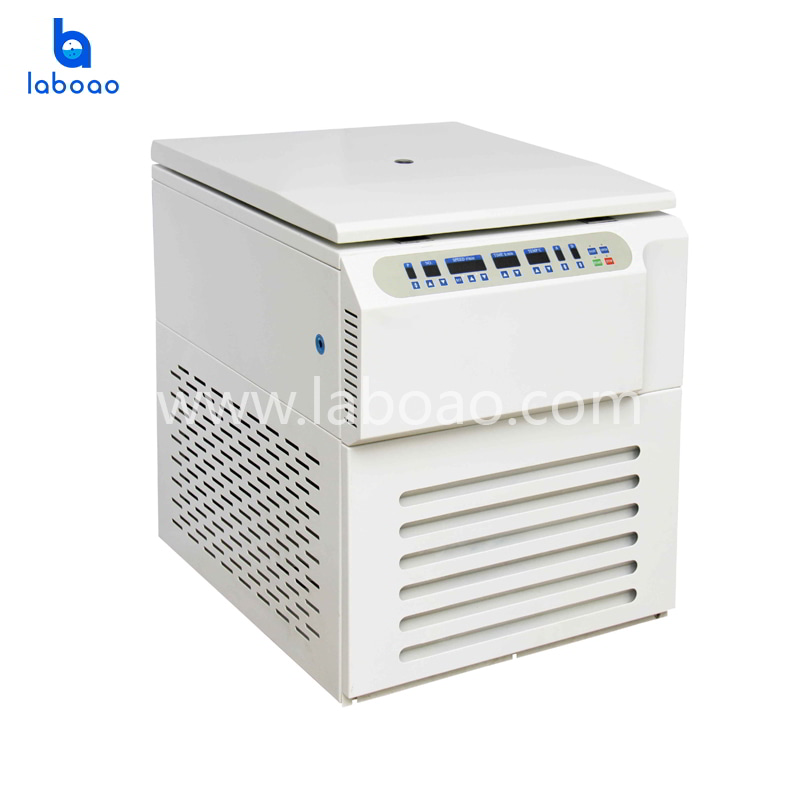Centrifuge rotor life considerations
High-speed and low-speed centrifuge rotors are simply used to define rotor life, and aluminum alloy rotors are typically 7 years old. This is obviously not very scientific, and some manufacturers use both the number of operations or the running time record. If a rotor is used for almost 20 hours a day, it certainly cannot be used for 7 years. The centrifuge has not been used for many years, but it has been to the manufacturer for 7 years. Most of the scholars of this kind of rotor think that it is still available, just appropriate speed reduction.
Since the centrifugal samples are mostly corrosive, even ordinary tap water corrodes the aluminum rotor. Double corrosion fatigue occurs in the coexistence of stress corrosion and chemical corrosion, which can result in a reduction in the actual life of the rotor compared to the guaranteed life. In order to avoid this, the user should always carefully observe the parts of the rotor that are prone to corrosion, such as the bottom of the test tube hole, the connection between the bottom of the rotor and the main shaft, and the large thread at the upper part of the rotor.
For the ultracentrifuge rotor, the aluminum rotor is generally required to run 1000~1500 times or 1000~1500h. After that, the speed is reduced by 10% using the same number of times and time; the titanium rotor is guaranteed to be used 5000 times or 10000h, if some rotors are not used for a long time, the inside is Metal structures will change and should be used at reduced speed. The manufacturer's warranty period is 5 years. Therefore, the user is required to insist on recording the number of operations of each rotor and the cumulative operation time. Due to the development of technology, the recent ultracentrifuge rotor has an in-line intelligent memory system that automatically completes the cumulative recording, and users do not have to make their own records.



